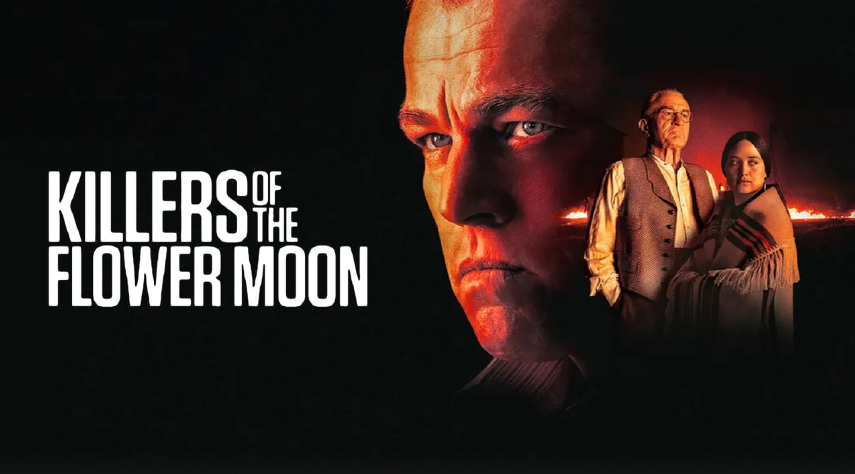The Barbarism of Classicism in Der Rosenkönig (1986)
- Yida Zhang
- Oct 3, 2024
- 3 min read
Having attended the screening of Werner Schroeter’s seminal work The Rose King/Der Rosenkönig (1986) a few days ago, I stumbled upon many criticisms on Schroeter’s films, particularly this one, where the critics (casual cinemagoers), doubtless unfamiliar with his camp of work, termed his film “meaningless”, “repetitive”, “obvious in its symbolism to an excruciating point”, something along these lines. None of these are direct quotes, but the sentiment is clear: it is too simple, too puzzling, there is no story, the themes are too obvious. First of all, to fall into this line of thought is to automatically prohibit oneself from any serious engagement with any work of art. To place oneself above the intentions of the filmmaker is one of the biggest mistakes one can make when approaching film, because the superiority of the spectator does not exist in the relationship between filmmaker and spectator. I recently read an excerpt of an interview on Marguerite Duras by Jean Narboni and Jacques Rivette, where Duras proclaimed the complete destruction of the self into a state of tabula rasa as the only pathway towards the existence of communism in our present society, where Freud, Marx and Lenin are “historical monuments” instead of thinkers. Indeed, Duras acknowledged that even though Freud is “easy” to read, the reading of Freud is inevitably “a prey of worldwide interpretation”. So, how does one stray oneself away from being prey and instead find new, personal, revolutionary meaning within this symbolism that seems so overwhelmingly rampant in film and art culture? To take it anew, to ignore but be aware of it in cultural form at the same time, to experience firsthand the images and sounds that communicate with each other to produce a completely new set of meaning.
Schroeter’s cinema falls into that category which has alternatively been described as both “classicist” and “anti-classicist”. Thus, through these lenses, it can be taken as a series of contradictions within a major contradiction that is the work itself – its simultaneous existence as a whole and complete work and its engagement in synthesis through addition. The structure is this: Schroeter presents a beginning-image, elaborates on this beginning-image with other images which also act as beginning images of their own, shows them again to end their singularity, then bookends the sequence with the first beginning-image, now acting as an ending-image. And this is done repeatedly throughout the film. There is no singular image that does not have a counterpoint, there is no image that exists singularly without the support and interplay of others. As thus, they become almost archetypal: there is an essence that can be extracted from each of them outside the domain of existence within a familiar reality. This is also why the film feels so alienating, so “oneiric”, to use a popularized term of description: the magnification into the symbolic essence of the image distorts space and constructs a reality of its own, outside the rules that govern the world the spectator lives in. According to Arnold Hauser, the anticlassicist work is one that rejects the fiction of traditional filmmaking and aesthetic dogmas, that it is “impossible to add or subtract with regard to the individual components of a work of art without compromising its artistic value and the effect of the whole”, a line of thought very much based on the strictest and purest principles that classicism adheres to. However, Hauser’s outline of classicism involves the implication of singularity in its existence, but what is classicism is not for the contrast between tradition and barbarism? In this way, Schroeter’s cinema is, in some way, related to that of people like Raúl Ruiz, Hans-Jürgen Syberberg and even Sergei Parajanov at its extremity, in the way that the very act of composition is highlighted within the composition – objects exist because they are placed and arranged, not because they simply exist. The attention to form is present, but the attention to the malleability of form is also present – something that is in lack in the most rigidly and exclusively classicist works. The desire to preserve the “chaotic and inexhaustible richness that the crystalline forms of classicism tries to adjure from existence”, then, suffices as the reasoning of the existence of Der Rosenkönig.







Комментарии